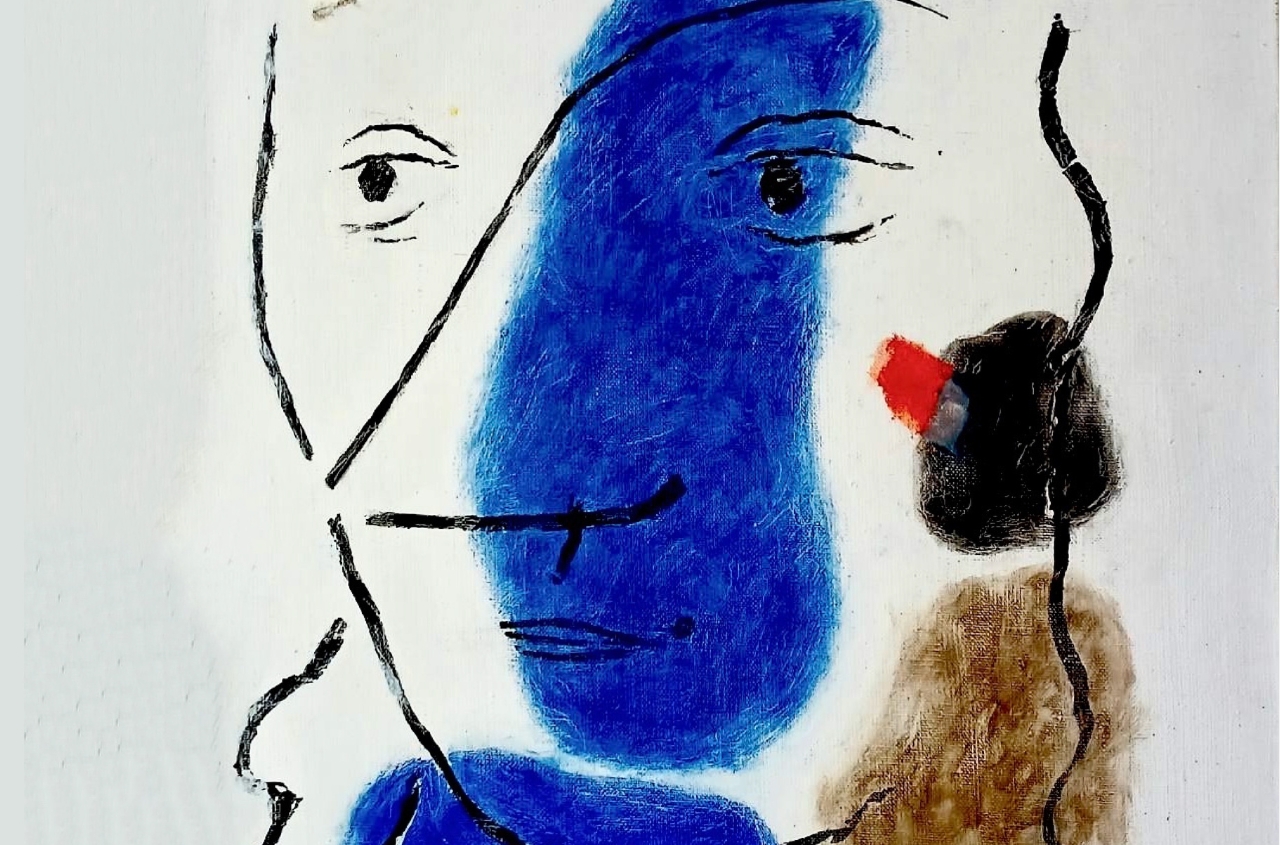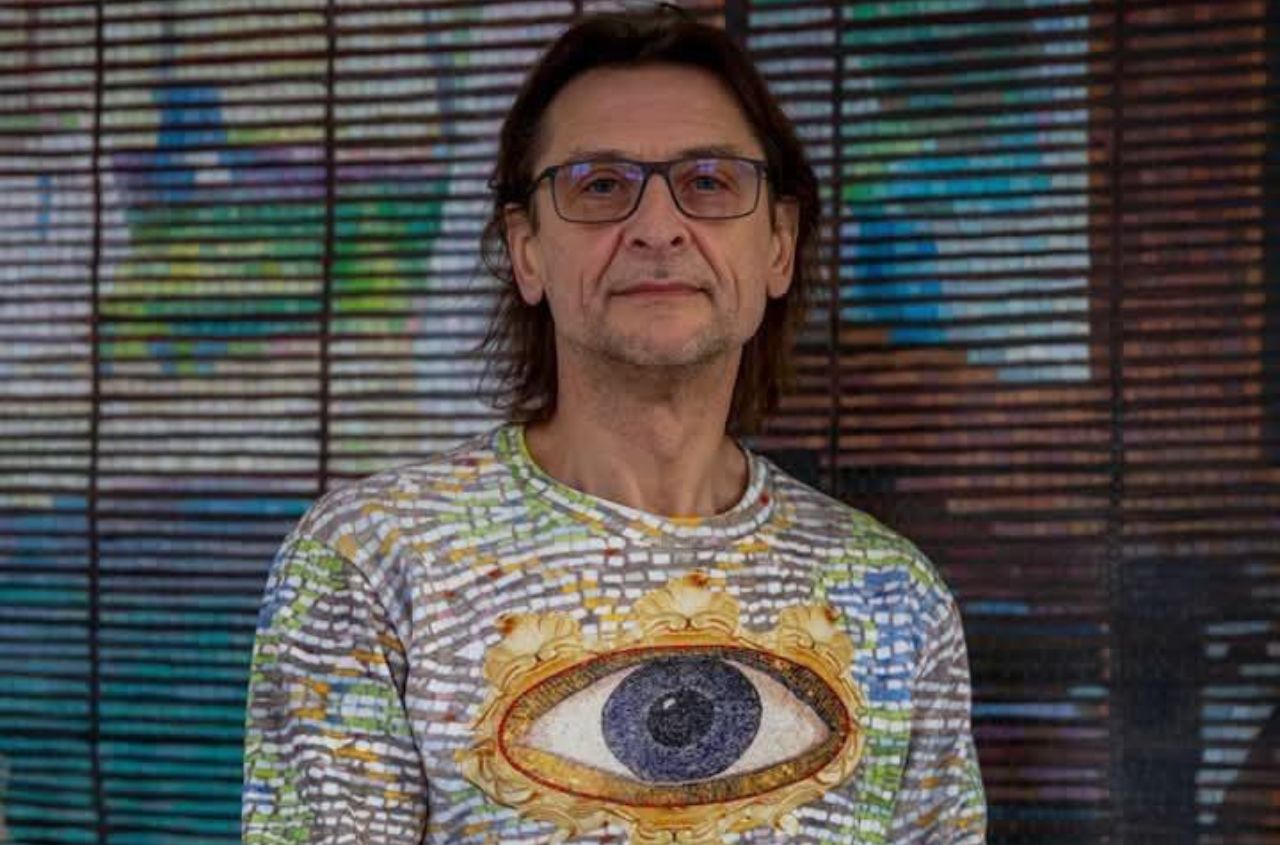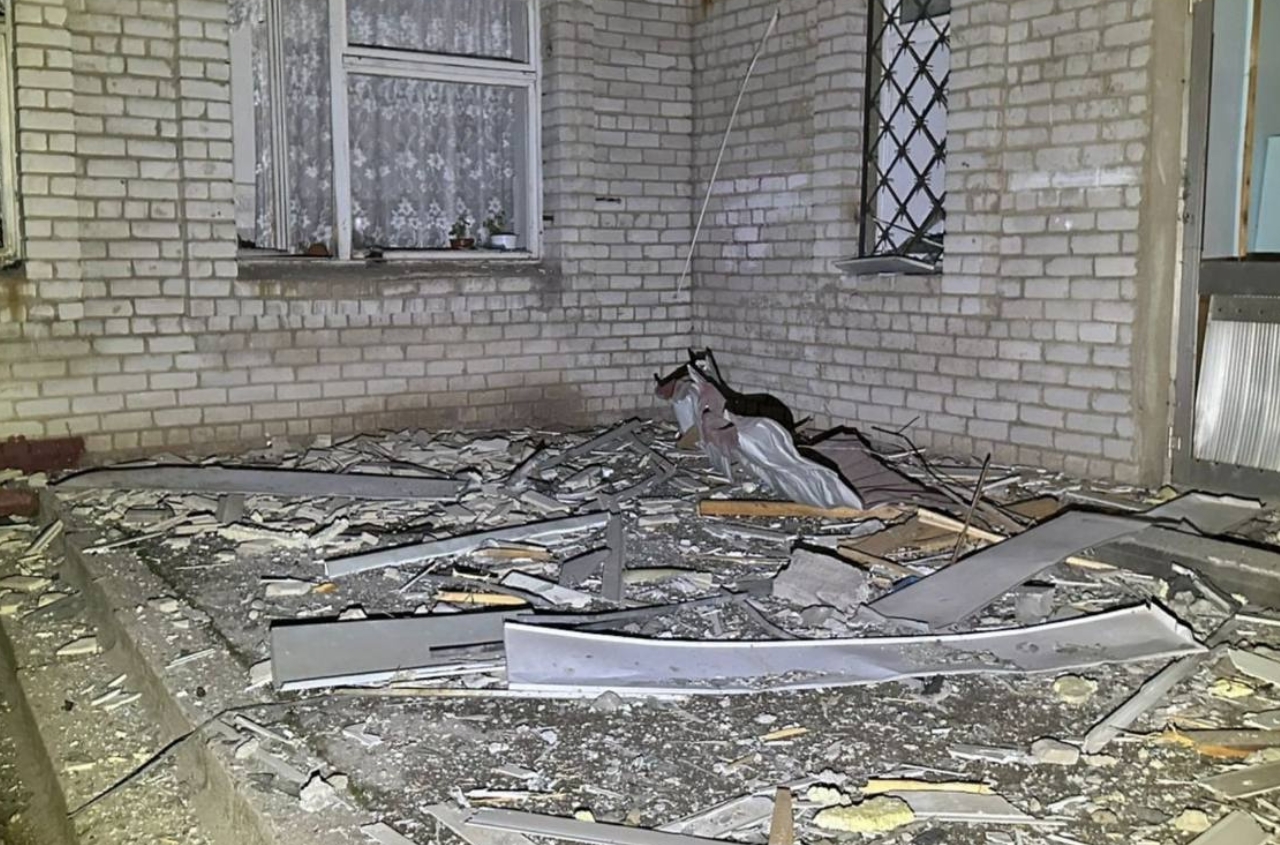Main image: Mykola Lukin
The twelfth interview through images by Andrew Sheptunov
Mykola Lukin is one of those Odessa-based artists whose practice grows out of attentive observation of reality and an ability to perceive what hides behind familiar forms. Born into a family of artists, he was immersed in the world of art from early childhood — surrounded by canvases, books, and conversations about ethics and the freedom of expression. This inner inheritance shaped his way of thinking, where it is essential not only to create an image, but also to take responsibility for it.
In his work, Lukin explores themes of memory, loss, transformation, and the tension between the visible and the concealed. His early expressive paintings eventually gave way to a more restrained, almost graphic language, yet one thing remained unchanged: his understanding of a painting as a statement free of accident. He consistently rejects decorativeness, filling each canvas with ethical meaning and precise gestures.
A special place in his practice is occupied by series built on erasure, darkening, or simplifying faces and forms. Through these methods, he investigates anonymity, control, fear, and those moments when human presence becomes more of an echo than an image. Yet even in his darkest works, one can feel his belief in the possibility of renewal — in the light that emerges after darkness.
Lukin is an artist who does not separate art from life: for him, they exist in constant mutual influence. He does not seek grand gestures, but steadily constructs his own universe, where each canvas is a fragment of a larger story about the human being, time, and space. That is why his works are so easily recognizable: they always carry an inner pulse — silence and tension at once.
In this article, we attempted to formulate questions to which the artist responds not with words, but with his works. It is a kind of dialogue where the images speak instead of phrases, and the painting itself becomes an uncompromising language of explanation.
1. Which of your works best reflects your childhood in Odessa, in the artists’ house?
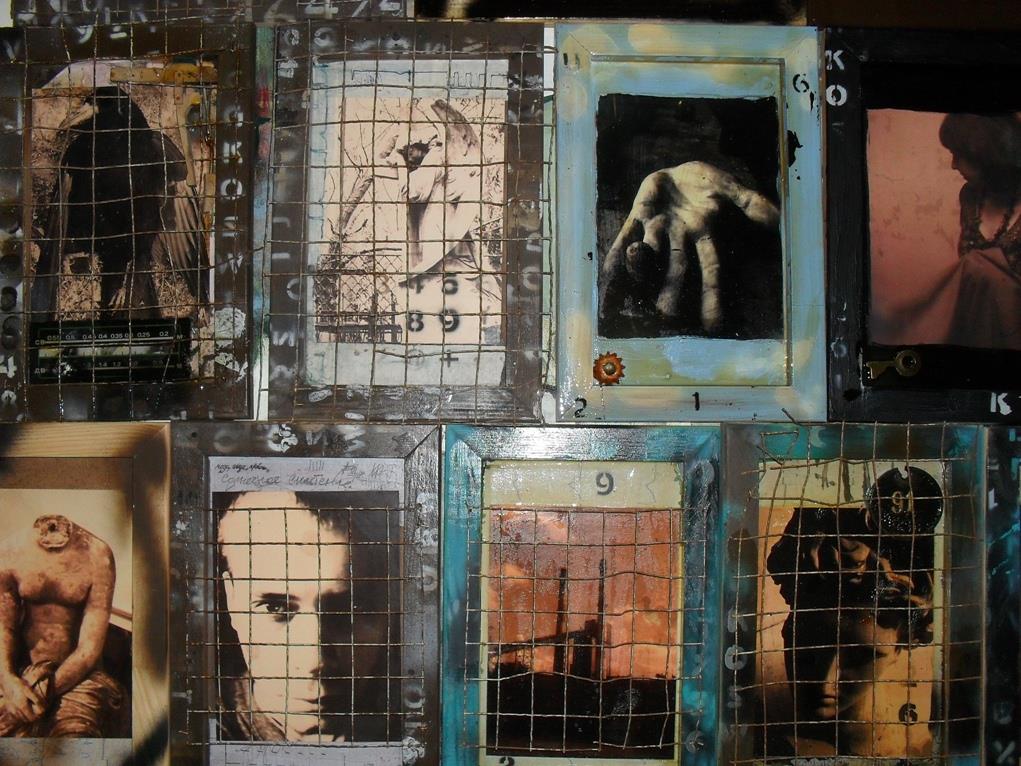
2. If you had to choose one painting that conveys the atmosphere of the old city, what image would it be?
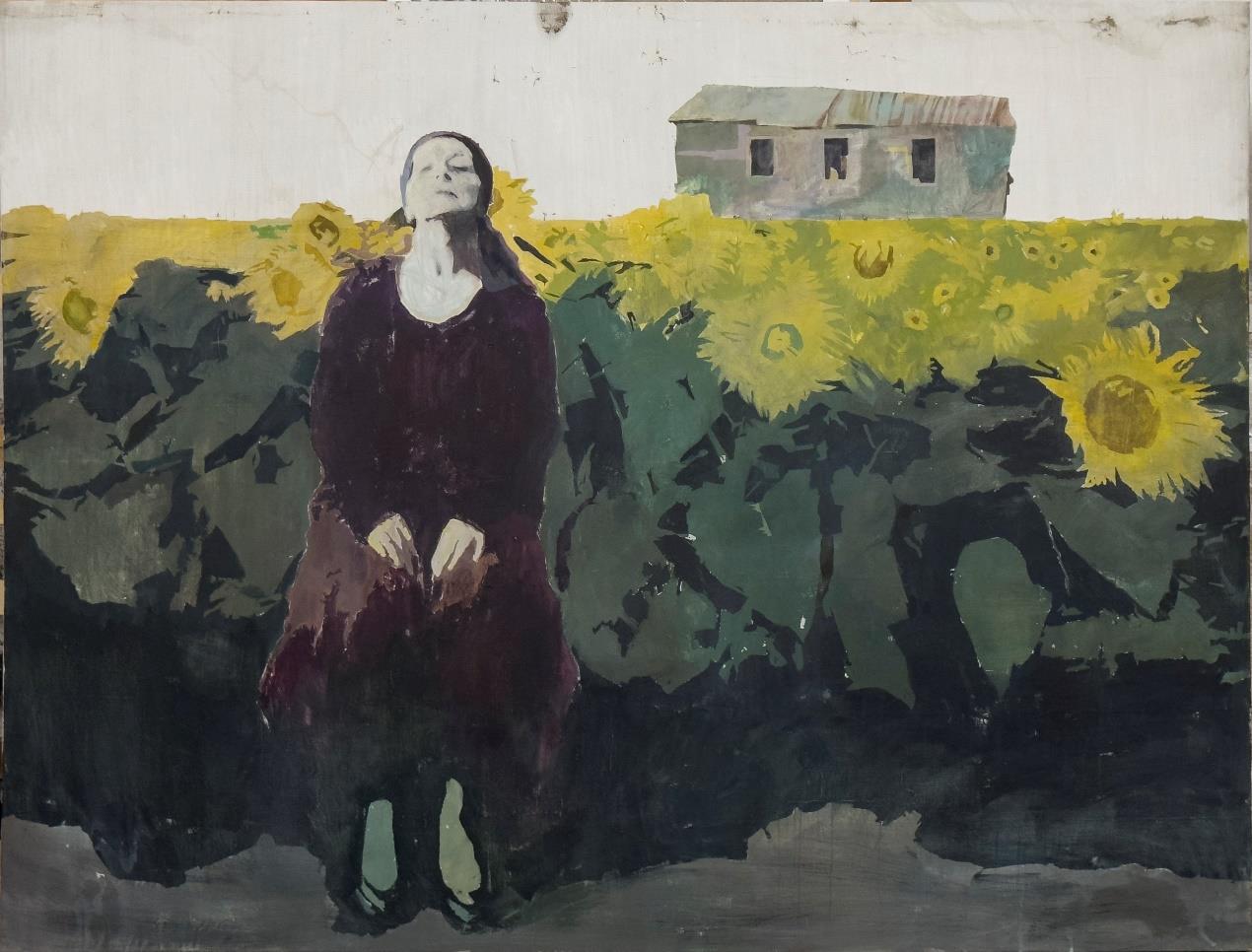
3. Which of your works would you choose to show that art is not only aesthetics, but also a way to reflect and step beyond the familiar?
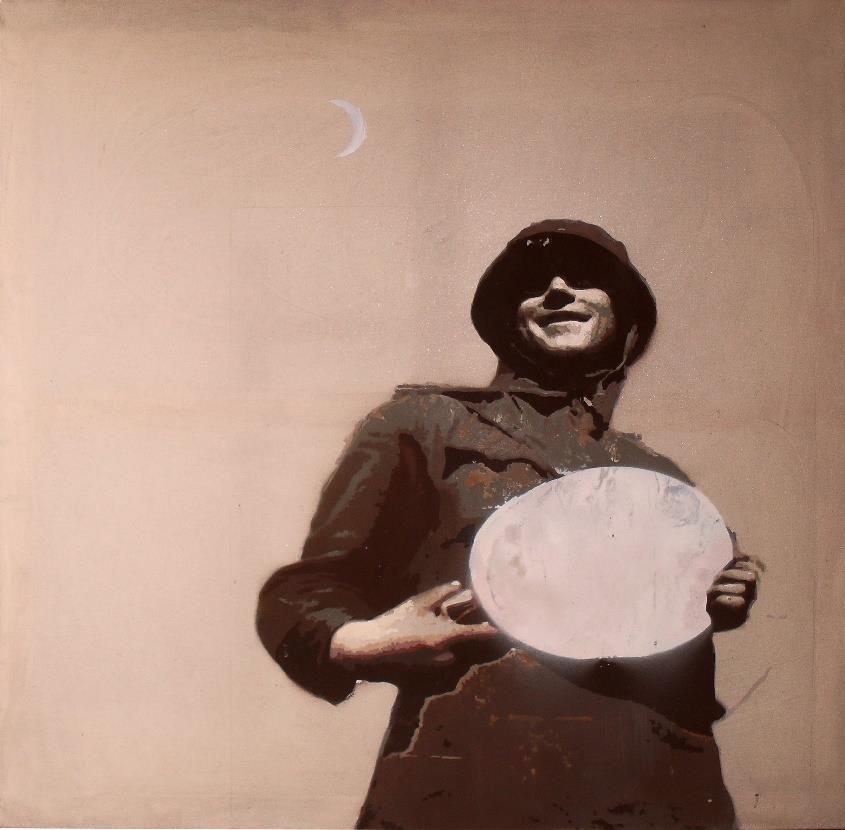
4. Which work from the “Erased Faces” series is the strongest for you?
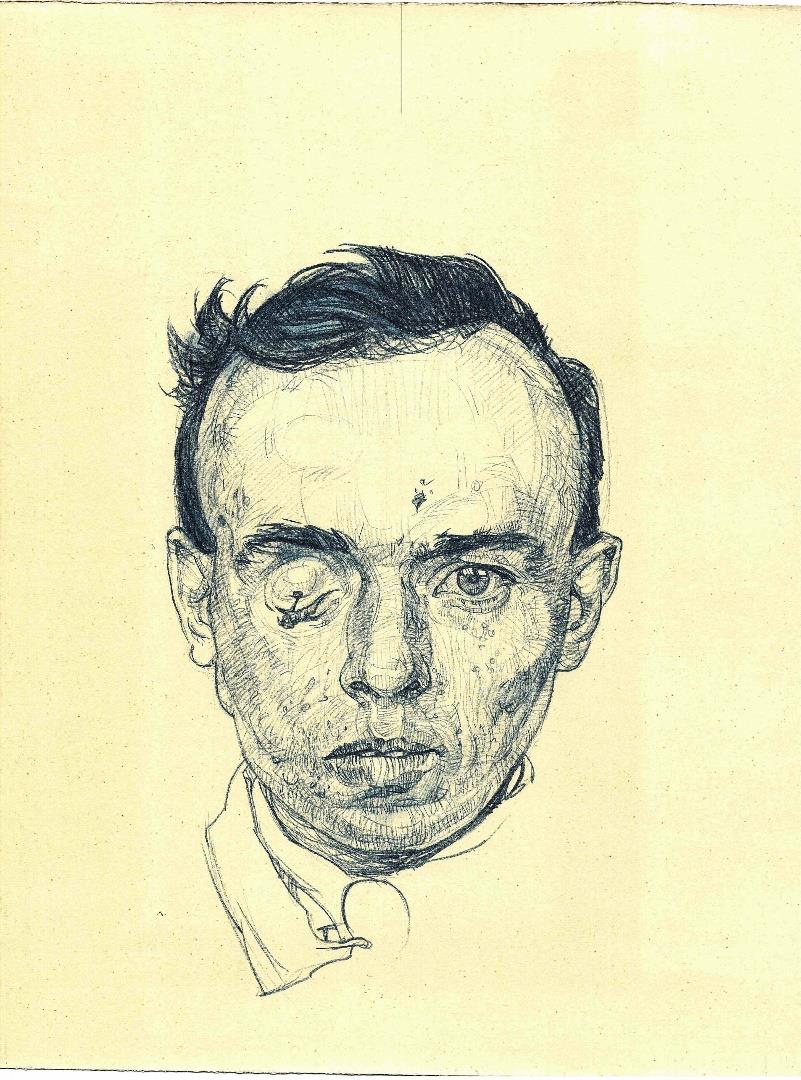
5. From which of your series would you highlight a work that illustrates the idea of ‘truth and lies’?
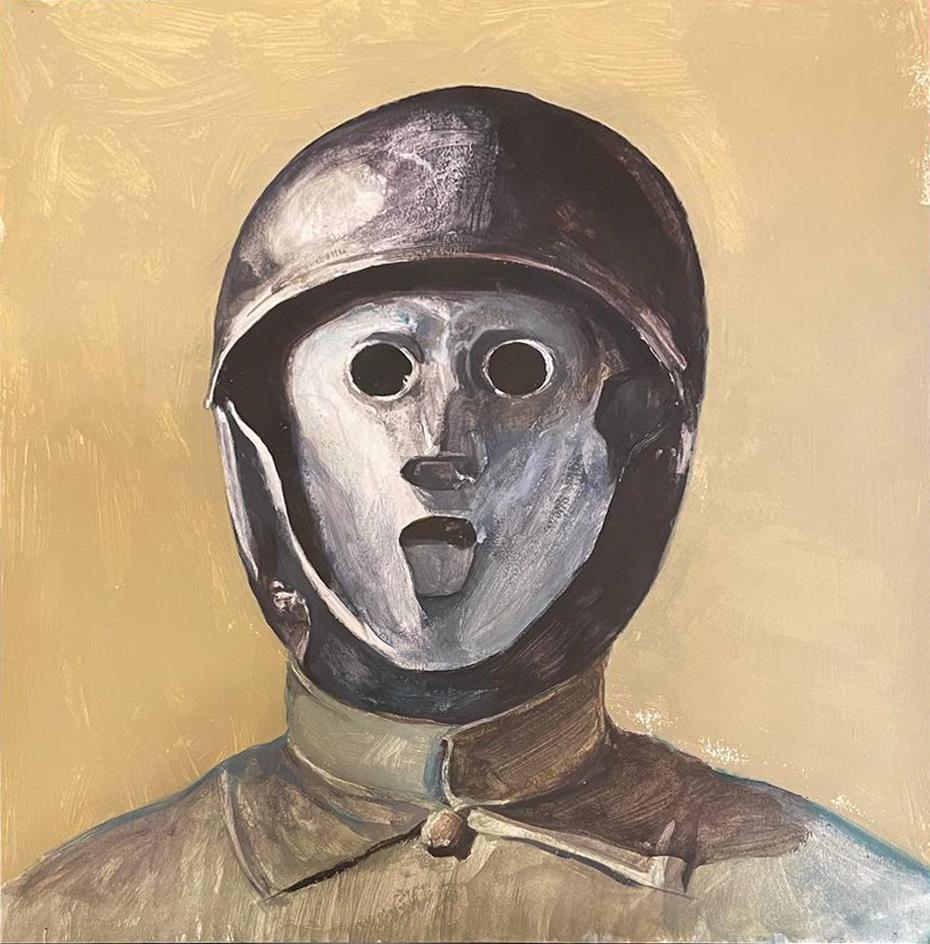
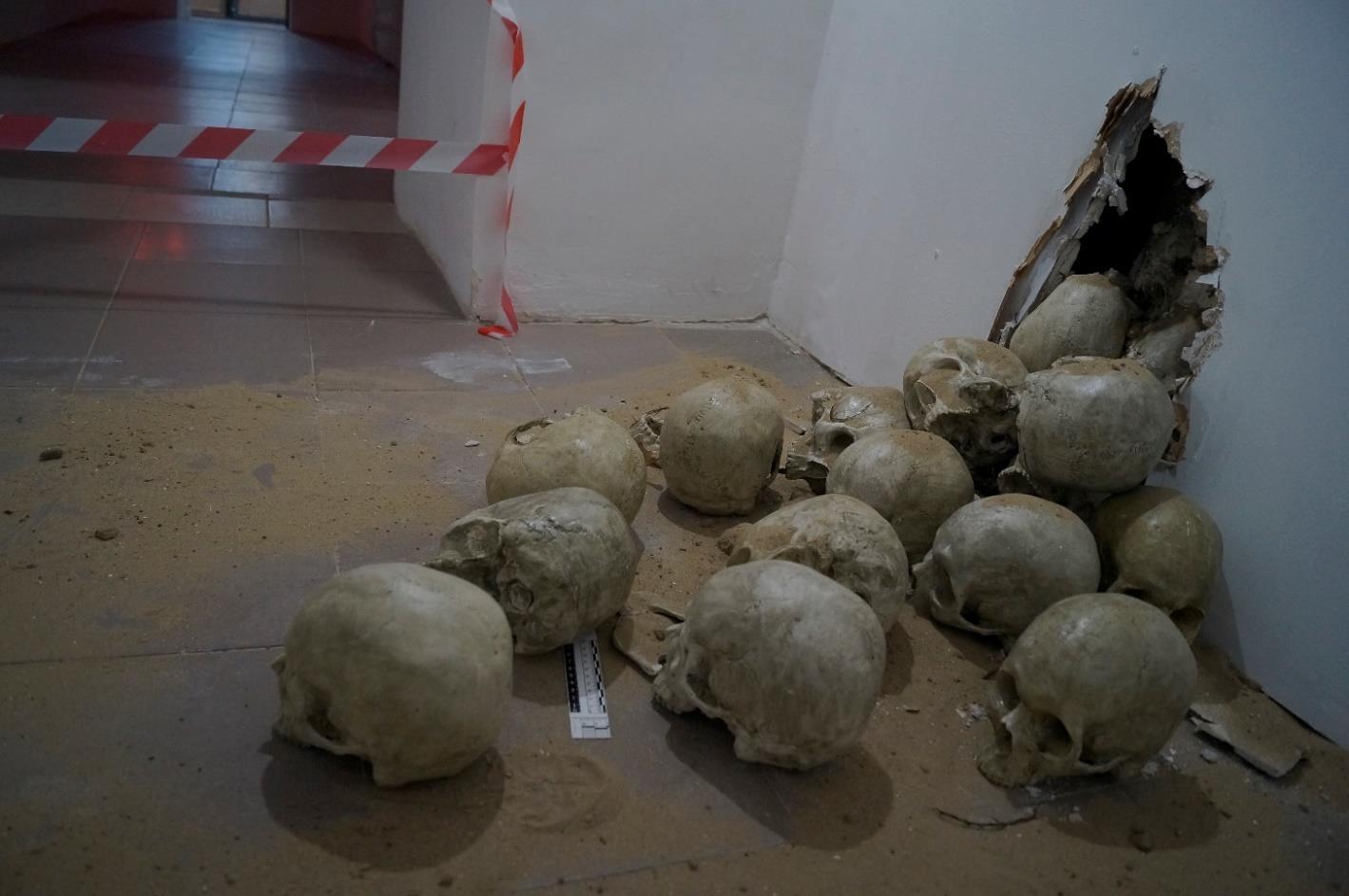
6. Which of your works is the most “principled”?
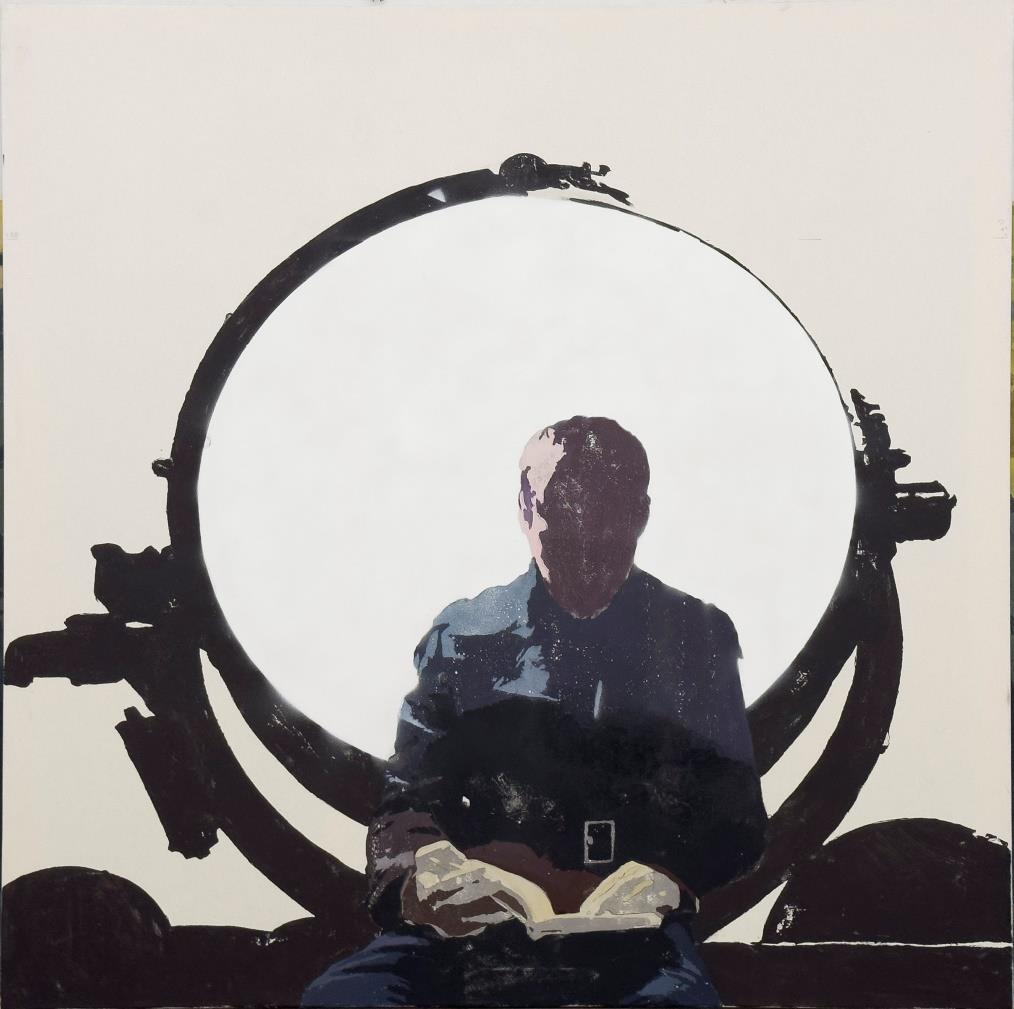
7. Do you have a painting that shows your transition from expressive painting to a more monochrome style?

8. Which of your works represents the peak of your experiments with stencils and multilayered forms?

9. If you were to “hide the artist’s identity behind the canvas,” which of your works would illustrate that idea?
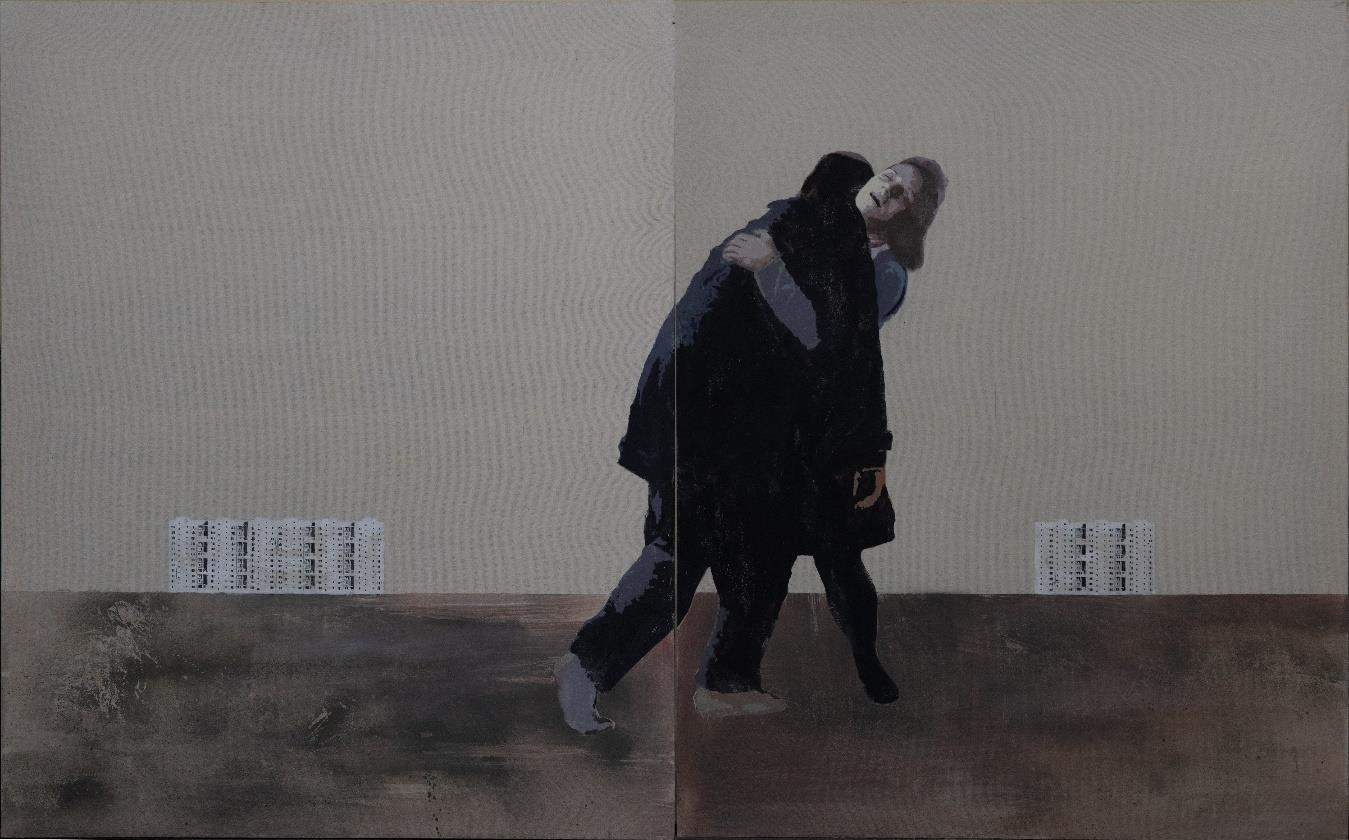
10. Which painting from your ‘twilight series’ most accurately conveys a tense, meditative atmosphere?
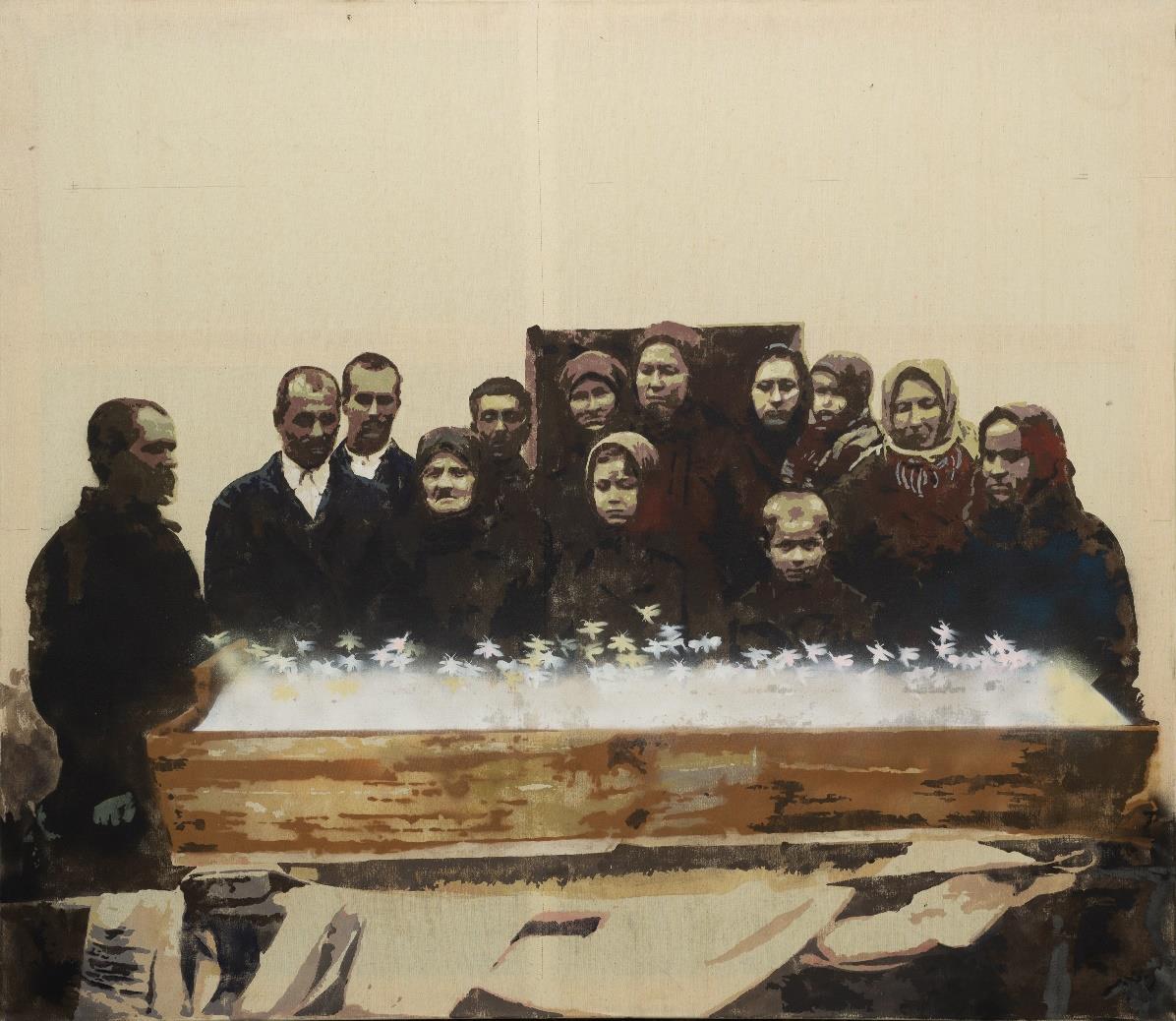
11. Do you have a painting that visualizes the concept of a “window or a door”?
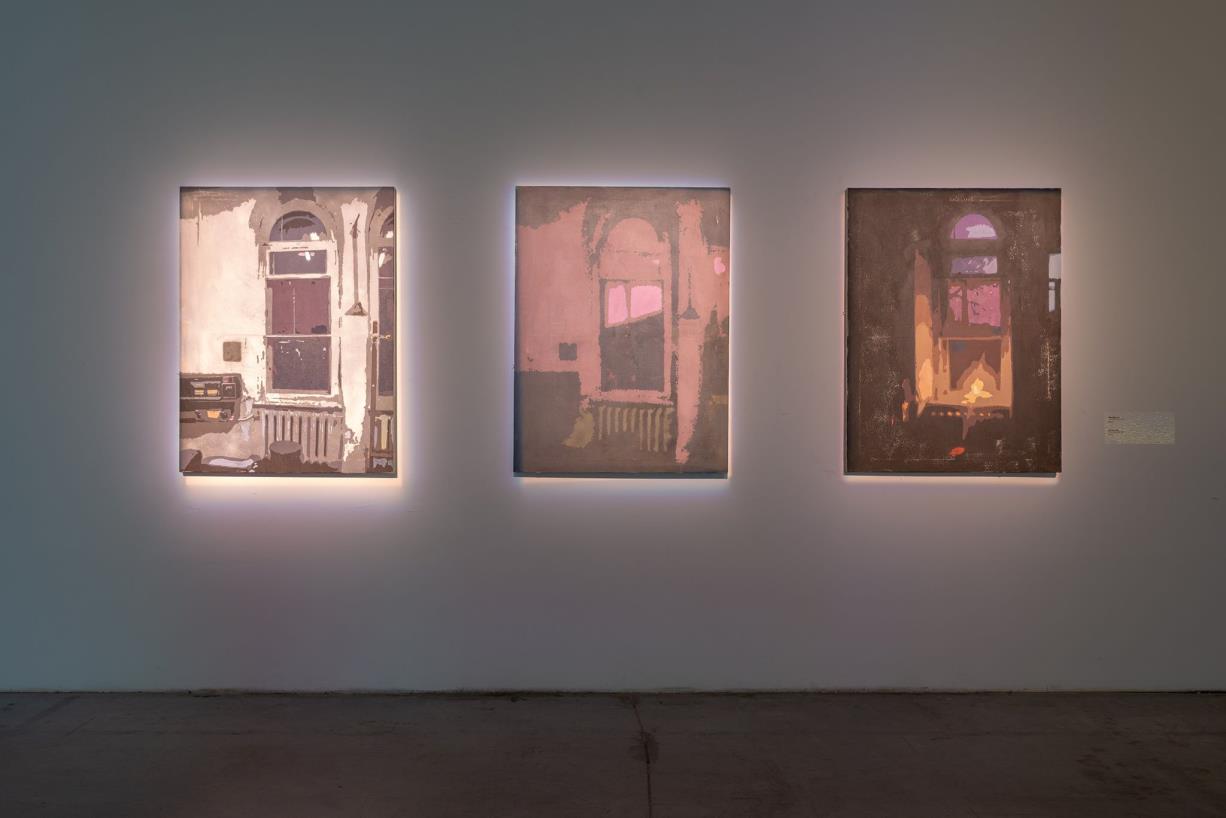
12. Which of your self-portraits do you consider the most candid?
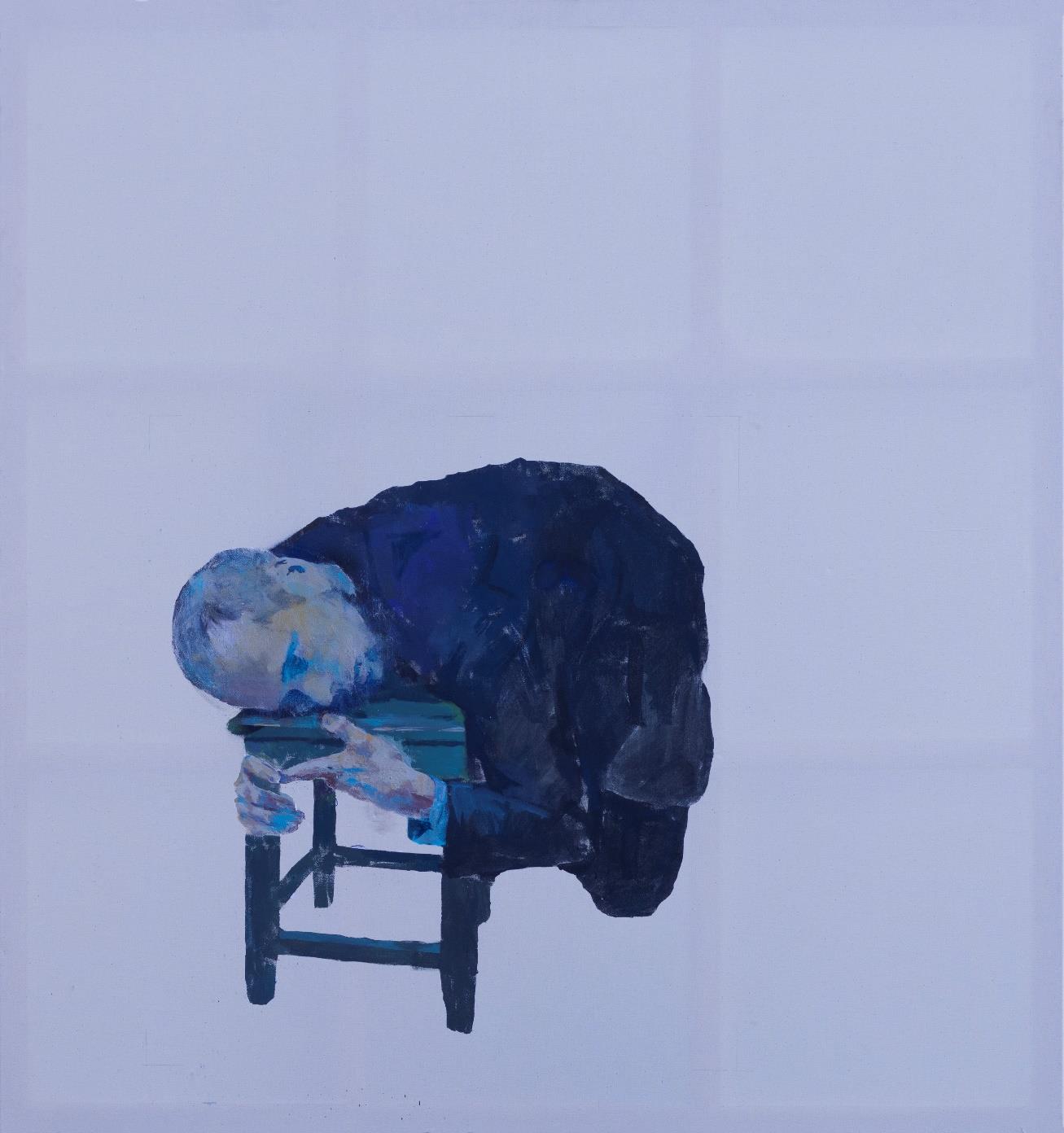
There are no accidental gestures or decorative decisions in Lukin’s work — every stroke continues an inner movement of thought, and every image becomes a reflection of lived experience. His painting, graphics, and installations create a coherent world built on attention to detail, ethical consistency, and the ability to see the invisible. This is art that does not merely record events but creates its own spaces of memory, where viewers can find meanings of their own.
Slow tension, silence, hidden emotions, and blurred contours of presence — all these qualities make Lukin’s artistic language unmistakable. His work asks the viewer to pause, to look closely, to enter that “in-between state” where authenticity is born. And it is precisely in this honesty, in the rejection of artificial spectacle, that the strength of his art lies.
To conclude, it is worth saying that Lukin is an artist who cannot be fully understood through words alone. His works speak most accurately for themselves, continuing a dialogue with anyone willing to listen with their eyes. This is why encountering his art should be seen as a journey — open, multilayered, and ever-changing.
If you would like to follow his new projects, exhibitions, and works, you can visit Mykola Lukin’s social media, where he shares updates and insights into his artistic process.
Social Media & Portfolio:















